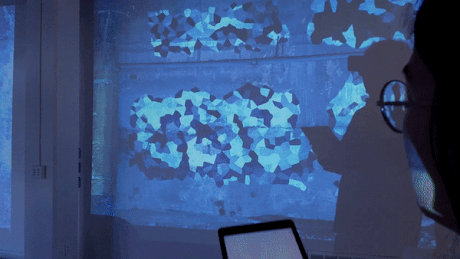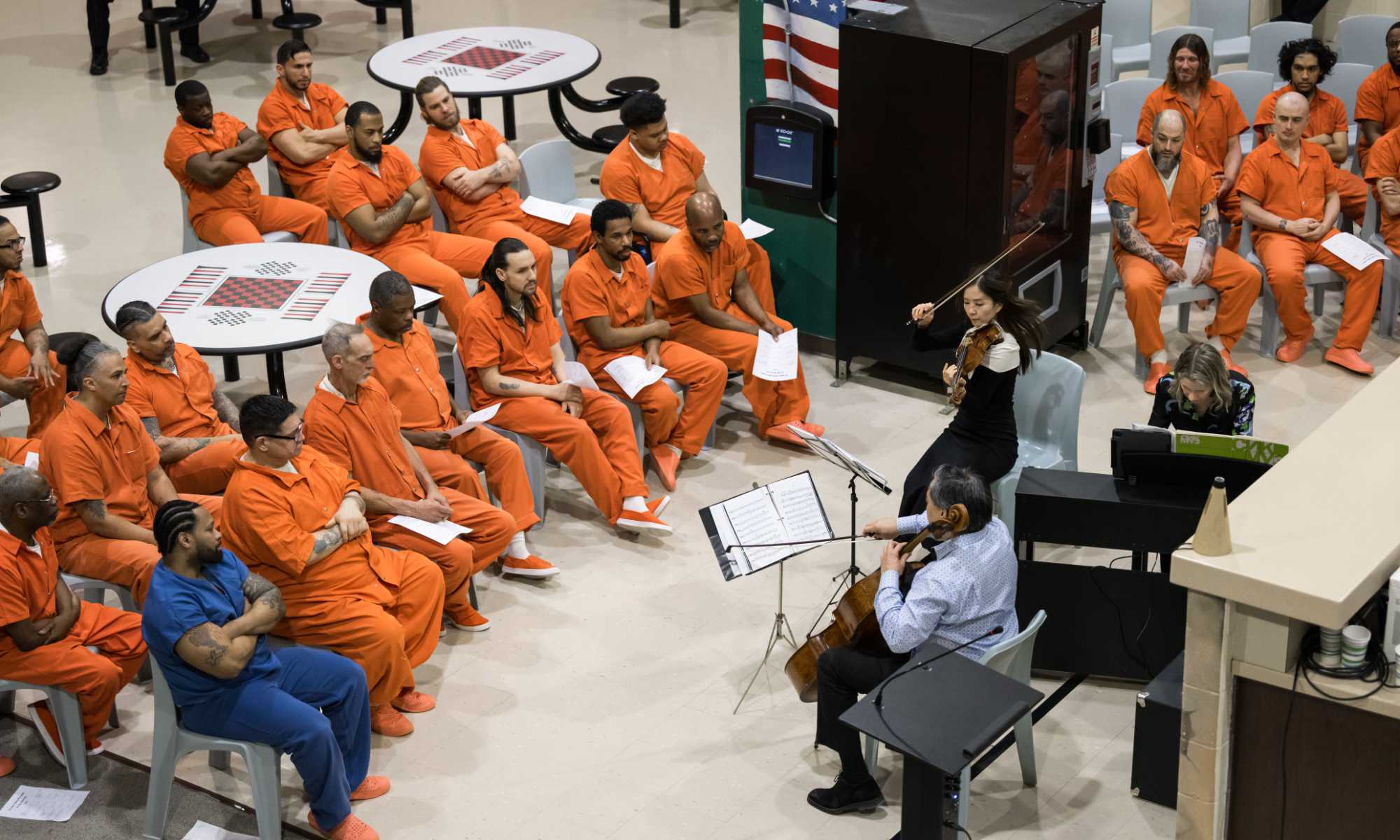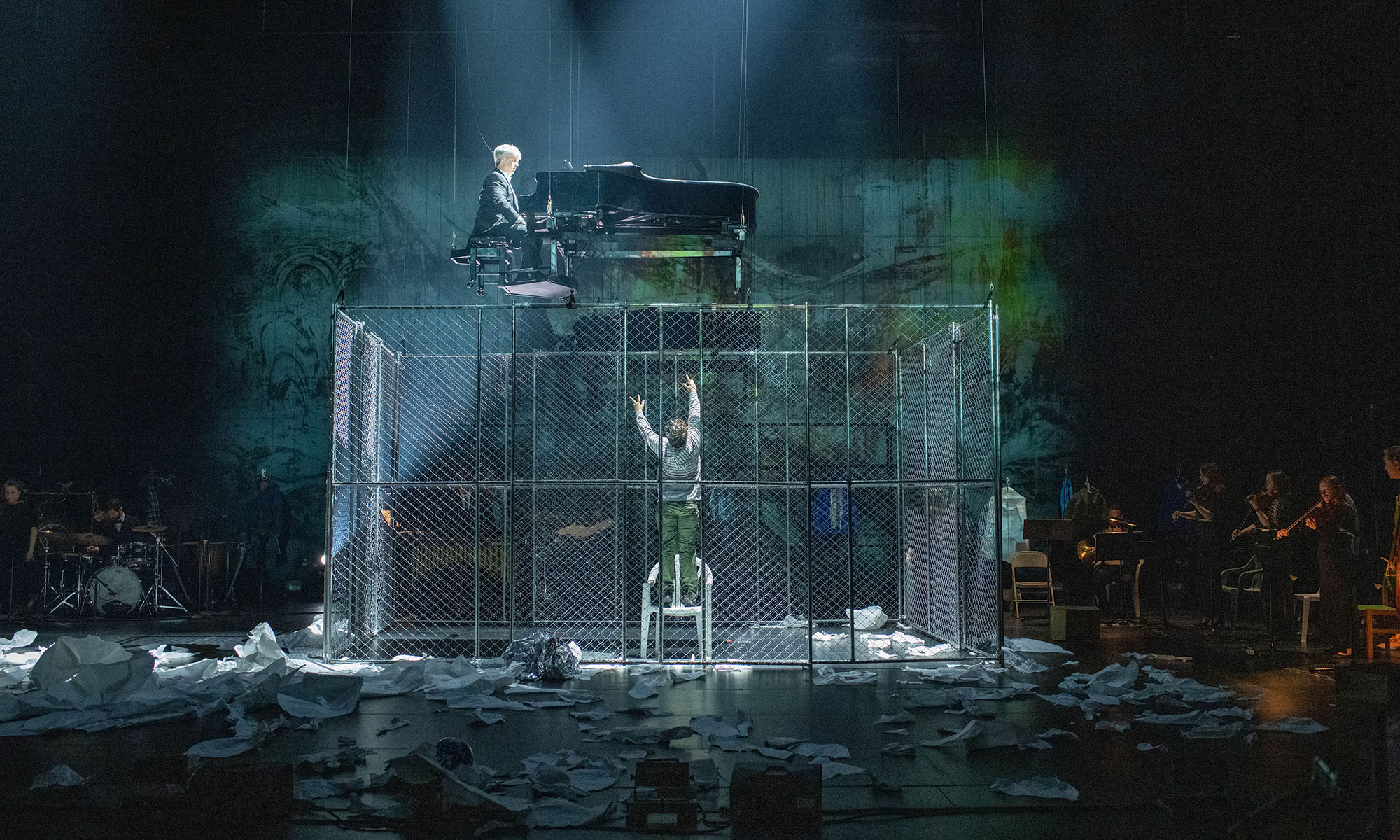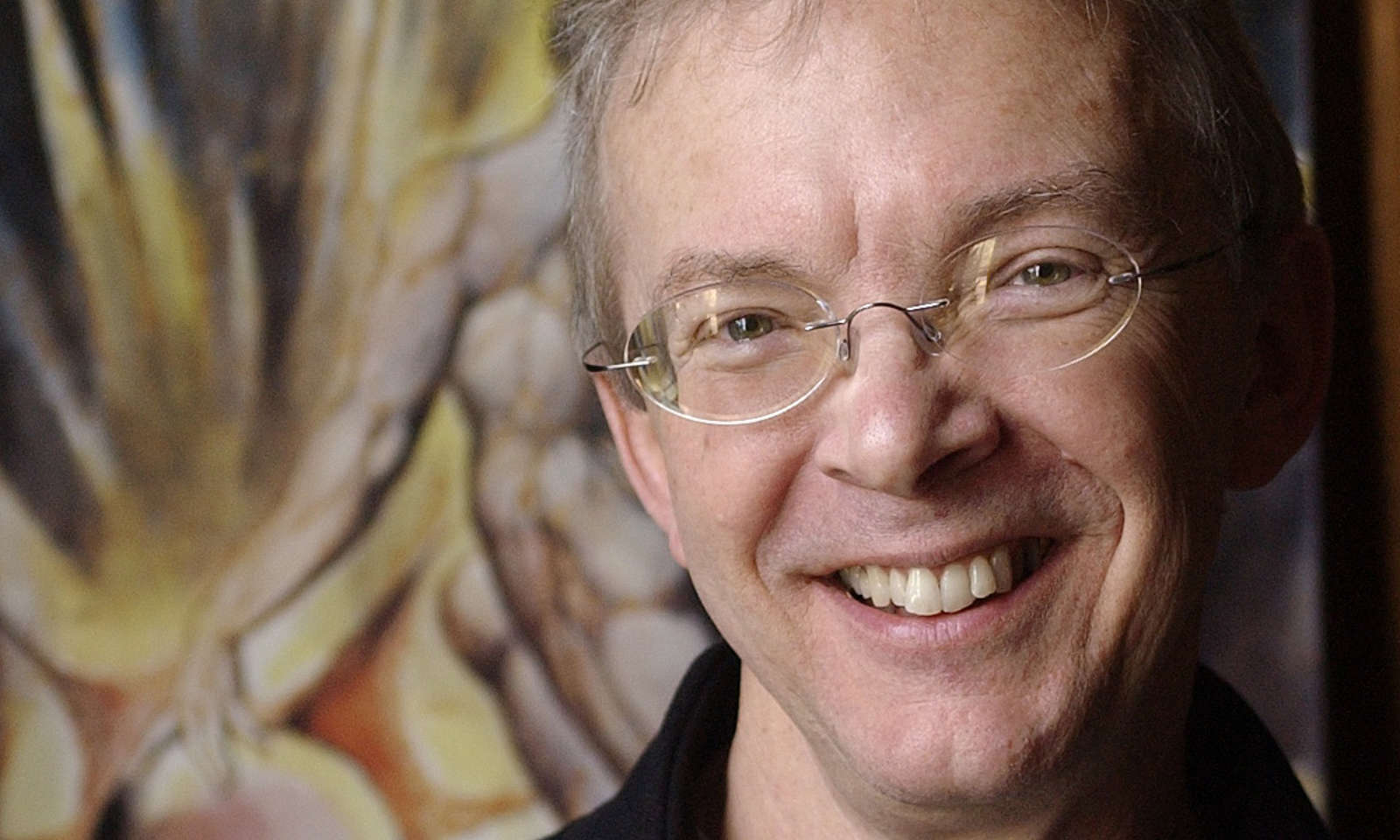Making their mark: This is one in a series of profiles celebrating members of Rochester’s graduating class of 2018.
Four University of Rochester students saw the beauty of the graffiti art in the tunnels of the abandoned city subway. Then, calling themselves the ExSpace Artist Collective, they designed an augmented reality project so others could see that beauty, too.
The team of students, who are set to graduate this month, include Naomi Rutagarama ‘18, artist and team lead; Jorge Vazquez Gonzalez ’18, artist and augmented reality (AR) developer; Sammi Wang ‘18, artist and AR content designer; and Valev Laube ’18, artist and marketing director. The project is one of eight senior capstone projects to come out of a seminar course in the Digital Media Studies Program led by Michael Jarvis, associate professor of history and director of Digital Media Studies, and Stephanie Ashenfelder, program manager in studio art in the Department of Art and Art History.
The motivation for the project came from Rutagarama. “I stumbled upon the Rochester Subway the summer of my junior year and was immediately entranced,” says the political science and digital media studies double major from Syracuse, New York. She shared her adventures with classmates and friends, who thought she was “crazy” for exploring abandoned areas of downtown. “The stereotypes and misinterpretation of the word ‘abandoned’ really prevented them from experiencing a unique sight,” she says.
The Rochester Subway, once a center of public transportation and community interaction in the city, was left vacant in 1956. In the years since then, the old subway tunnels have served as resting spots for homeless people, canvasses for street artists, a destination for urban explorers, and rich material for local historians. Recently, however, the city unveiled plans to eventually close off access to the old subway tunnels for new development projects.
In April, ExSpace showcased the urban space at the Sage Art Center through projections visible with an app that allowed people who had never explored the tunnels of the old subway system to experience the graffiti art as they would if they were actually walking in the space.
 The team used the virtual reality platform Vuforia to create the app. They selected sociopolitical, sometimes conversational art works, to show, as Laube says, that “even though the subway was abandoned, it was never really abandoned.” The conversation has changed over the years, reflecting newly arising concerns—and disagreements. “Some graffiti art work might use a term or political slogan, but then someone else has written on top of the words ‘make America great’ to transform into something else. Some are sexy slogans, but then someone else has corrected it. It’s really interesting to see how it isn’t just a platform for putting your art out there, but it’s really a platform for ‘correcting’ each other’s thoughts and opinions,” says Laube, who comes to Rochester from Estonia.
The team used the virtual reality platform Vuforia to create the app. They selected sociopolitical, sometimes conversational art works, to show, as Laube says, that “even though the subway was abandoned, it was never really abandoned.” The conversation has changed over the years, reflecting newly arising concerns—and disagreements. “Some graffiti art work might use a term or political slogan, but then someone else has written on top of the words ‘make America great’ to transform into something else. Some are sexy slogans, but then someone else has corrected it. It’s really interesting to see how it isn’t just a platform for putting your art out there, but it’s really a platform for ‘correcting’ each other’s thoughts and opinions,” says Laube, who comes to Rochester from Estonia.
Ashenfelder says ExSpace shows the impressive range of the projects coming out of the course, and the possibilities of using technology and digital media to raise awareness and advocate for social change. “We have such diverse projects coming out of these classes,” she says. “We believe that these projects can really make a change in how people experience their community.”
Throughout the entire project, the members of ExSpace Artist Collective made sure to document their steps and the group’s progress on Facebook. “They focused on this idea of taking this space with a whole lot of history—that might not exist anymore—and bringing that into the public view,” says Ashenfelder. When the team’s augmented reality exhibition was on view in April, it attracted more than 40 people to its closing reception, including some of the local graffiti artists whose work was featured in the show.
As debate continues in the city over what to do with the abandoned subway tunnels, ExSpace hopes it has helped inspire new conversations around the artworks that reside there. “I hope that the project can continue to serve as a source of education and inspiration for residents,” says Rutagarama.



